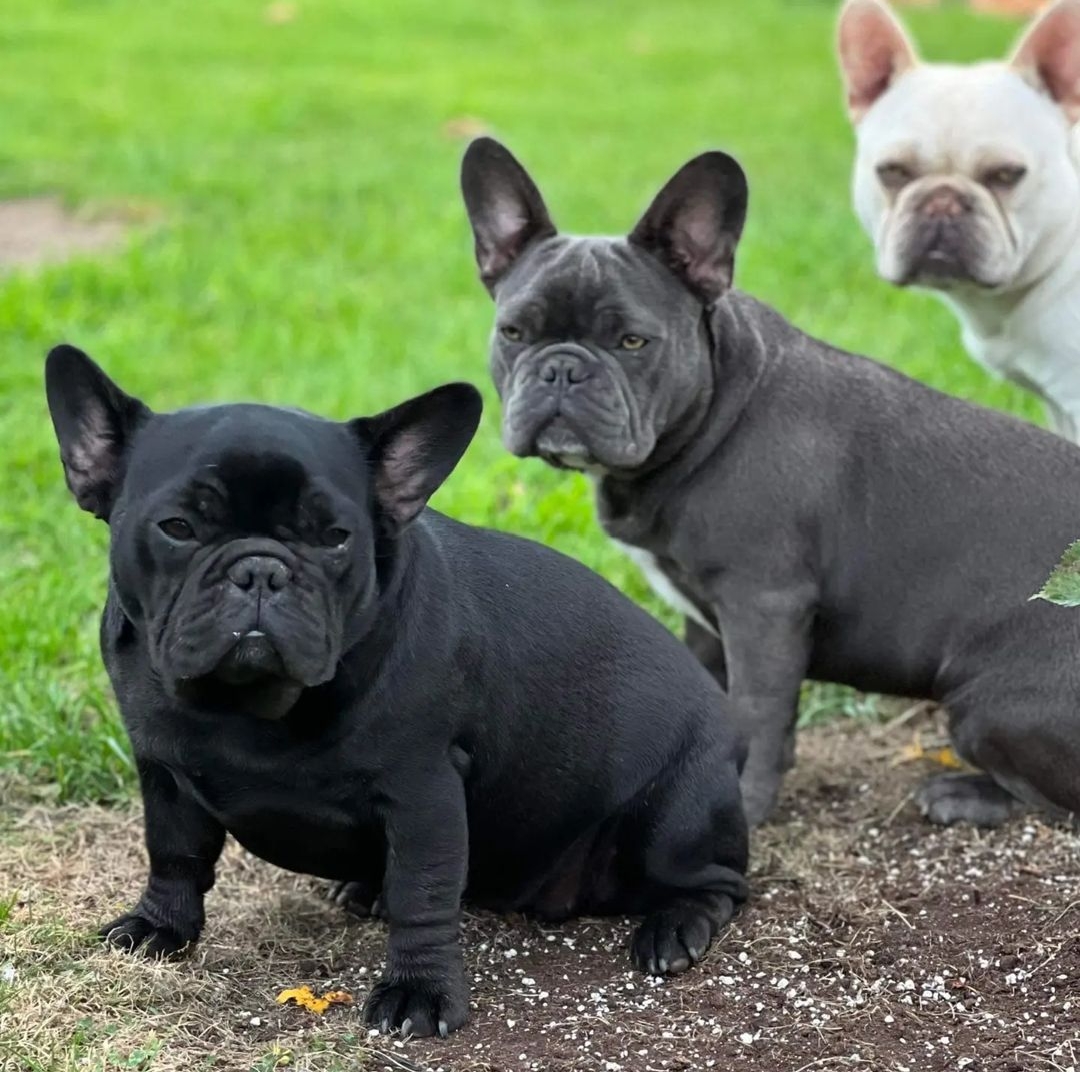Toilet Training Your Puppy
- FreeRange null

- Jan 12, 2024
- 2 min read
Updated: Aug 8, 2024
Toilet training a puppy is an essential, albeit challenging, aspect of integrating a new canine member into the family.
While it may not be the most enjoyable endeavor, a proactive approach can help minimize accidents and set the foundation for a well-behaved pet.
Diligence and knowledge play key roles in this process.
Efficient toilet training not only ensures a clean and pleasant living environment but also establishes a bond of understanding between you and your furry companion. It's a task that requires consistency, patience, and a keen understanding of your puppy's cues.
Getting the toilet training routine down quickly is advantageous for both you and your dog, providing a sense of accomplishment and easing concerns about potential indoor mishaps. However, it's crucial to brace yourself for a few sleepless nights initially, as puppies may need time to adapt to the new routine.

Here are some tips to streamline the toilet training process:
1. Regular Outdoor Breaks:
- Take your puppy outside at least once every hour, allowing them to relieve themselves.
- Pay attention to signs indicating their need to go, such as sniffing or circling.
2. Nighttime Routine:
- Feed your puppy at least three hours before bedtime.
- Remove water about two hours before bedtime to minimize nighttime accidents.
- Take them outside just before going to bed and again first thing in the morning.
3. Establish a Routine and Location:
- Consistency is key; feed your puppy at the same time each day to predict toilet needs.
- Take them out first thing in the morning consistently to establish a routine.
- Designate a specific spot outside for toileting to create associations through sight and smell.
4. Word Association:
- Use the same word consistently when taking your puppy outside for toileting to create an association.
- Most puppies need to go within half an hour after eating, so plan outdoor breaks accordingly.
5. Monitoring Signs:
- Keep your puppy in the same room with you while house training to watch for signs of needing to go out.
- Signs may include whining, scratching at the door, sniffing, walking in circles, or beginning to squat.
Handling accidents appropriately is crucial for successful training:
1. Accident Response:
- Avoid punishing your puppy for accidents, as they may not connect it to the misbehavior.
- Clean up quietly and thoroughly to eliminate odors that might encourage repeated accidents.
2. Positive Reinforcement:
- If caught in the act, calmly say "no," take them outside, and praise them when they go in the right spot.
- Consistent positive reinforcement helps them understand the correct behavior.
All our puppies go home with PD Insurance
Vet bills can be very expensive
We highly recommend Pet Insurance
Click the link below to get your best quote






Comments